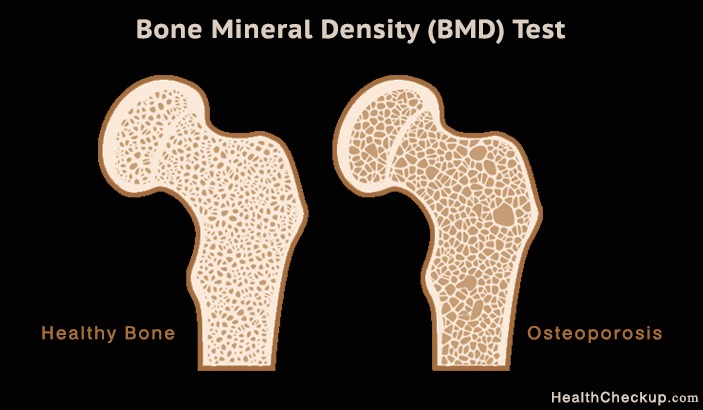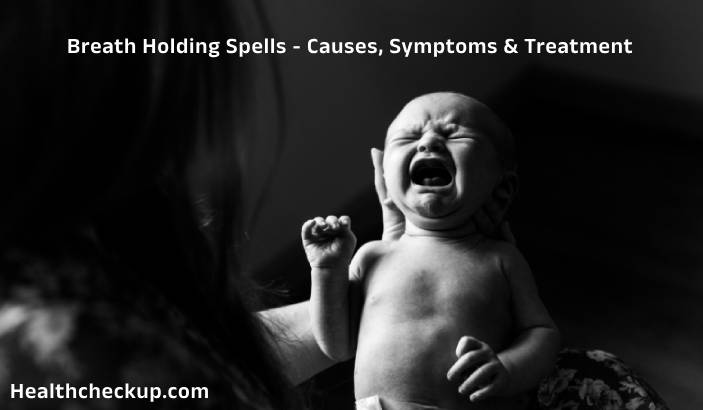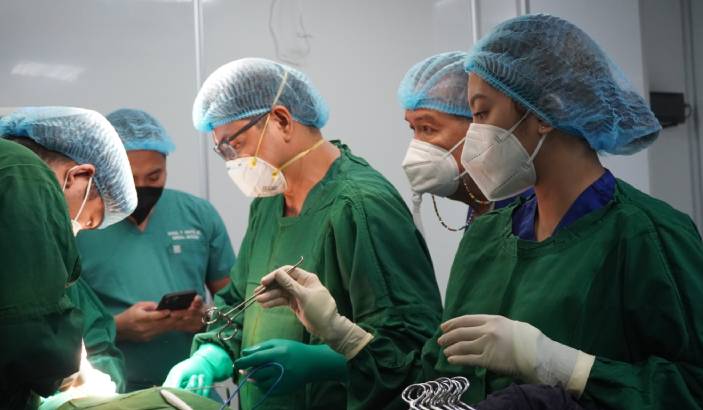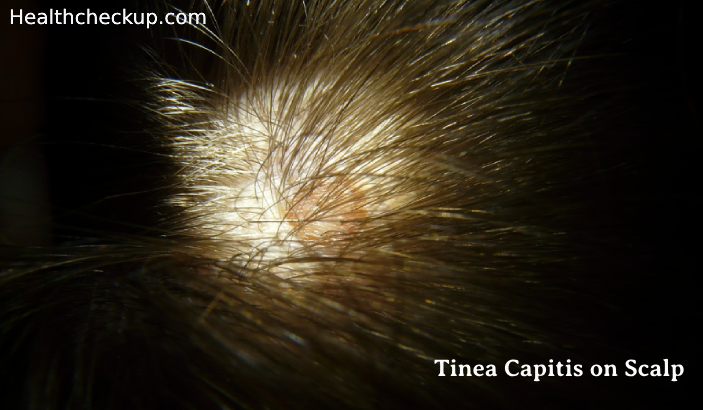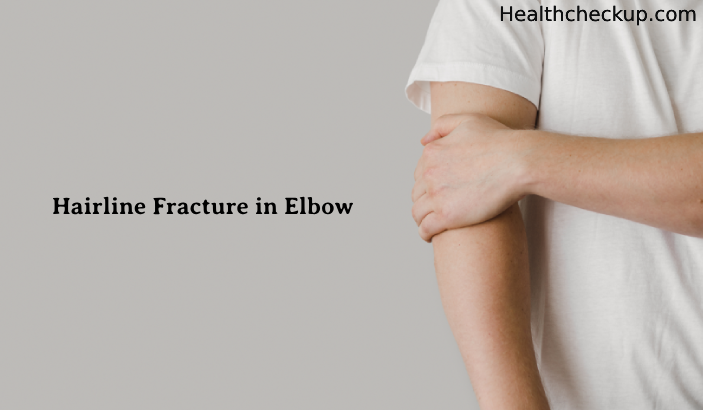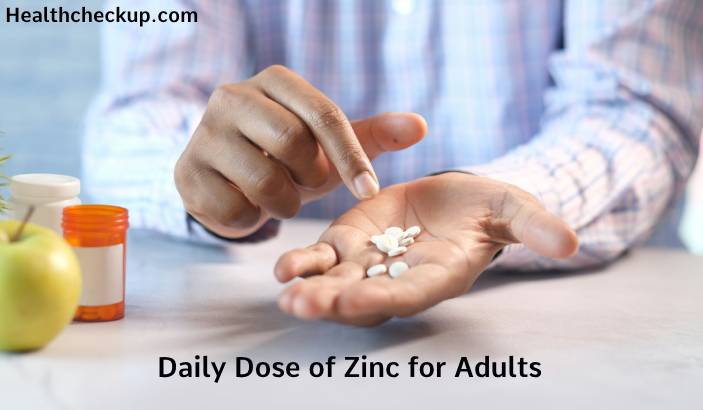A lot of people, notably elderly lot develop bone fracture and bone density related ailments. They often develop a condition known as Osteoporosis and suffer from a fracture and crack in bones in various parts of the body. It continues to be a major health problem in the elderly population across the world. While it affects elderly women more, men can also be subjected to it, more so after crossing 60 years. The ailment has no specific cure, but preventive measures can be adopted which can improve bone health by significant margins. A Bone Mineral Density Test (BMD) measures how much calcium and different sorts of minerals are in a range of your bone.
Osteoporosis Signs and Symptoms
The most worrisome thing about Osteoporosis is that sometimes it remains undetected until a bone fracture takes place! Thousands of women and men affected by the ailment remain oblivious to its existence until it is quite late. The fractures can occur in body parts like wrist, spine and hip.
The major symptom of osteoporosis is pain in spine or other bones of the body. A fracture is also a symptom of this ailment. The amount of pain can vary from one affected person to another. Initially, the pain may not be long lasting and later it can be sharp and long lasting. Sometimes, people with weak bones may experience fracture or crack after falls or collision with an object. However, at times simple acts like walking or running may lead to it.
What Leads to its Onset?
Osteoporosis is caused mostly by aging and bone density loss that is associated with it. After a person crosses 30, the process of bone density loss is accelerated. The density of minerals like calcium in bones takes a nosedive with age, thereby making bones brittle and more prone to developing cracks and fracture.
The Other Leading Causes of Osteoporosis are:
- Poor nutrition, notably lack of Vitamin D and Calcium in diet
- Menopause
- Smoking
- Effect of certain drugs
- Genetic roots
- Regular alcohol intake
How to Diagnose Osteoporosis and Tests for Osteoporosis
If you are vulnerable to develop osteoporosis and suspect it has set in, you can get specific tests done. In most instances, a Bone Mineral Density Test or BMD Test is performed to find out bone health status in a man or woman’s body. This is deemed as a marker for existence of osteoporosis nowadays. The test is also done for accurate bone density measurement. You get to know the amount of calcium in your bones.
Nuances of Bone Mineral Density Test
As it is, Bone density testing may be performed in a number of ways nowadays.
DEXA scan:
This is the most widely used method for BMD test. In this method, dual-energy x-ray absorptiometry is deployed for scanning bones. It makes use of low level x –ray. There are 2 types of DEXA scans– Central DEXA and Peripheral DEXA. The former one is used to measure bone density in overall body while the latter is used to assess bone mineral density in specific body parts like wrist and hip. For most purposes, you do not require undressing.
Blood Test Markers:
If Osteoporosis is suspected, the doctors may evaluate progression using blood marker test. For elderly men and women with risk factors for bone ailments, the Bone Mineral Density Test (BMD) should be done every 2 years or so. Of course, the frequency may not be same for each affected person.
Ways to Improve Bone Mineral Density
While bone density loss can be detected it is always advisable that you adopt measures to delay its onset or reduce the intensity. This way Osteoporosis can be kept at bay. Below listed are the major ways to enhance Bone Mineral Density for both women and men:
Family History:
This is something that you need to analyze and that can be helpful to know. It is better to thwart weakening of bones than trying to repair and restore brittle ones. If you learn about family history with bone ailments, you can opt for Bone Mineral Density Test (BMD tests) early and thus become aware about your risk for osteoporosis. In these cases, prevention is indeed better than cure.
Calcium Rich Diet:
This is possibly the best option to boost your defense against osteoporosis and enhance bone mineral density. Low calcium intake leads to acceleration of bone ailments, as it is. You should think of eating calcium enriched food and consume milk and beverages that contain this bone friendly mineral. If necessary, you can also intake, calcium supplements after crossing forty or so. In fact, calcium intake is also necessary for many body functions apart from healthy bone development. Yogurt, milk, cheese, spinach are natural and good sources of calcium.
Vitamin D intake:
Calcium absorption by the body and resultant bone development takes place as it should when your body gets its dose of vitamin D! They complement each other in bone development. So, it is necessary that your diet contains a fair amount of vitamin D as well. For this, getting an amount of exposure to sunlight is necessary too.
Exercise:
Exercise is the key to fitness and it also helps keeping bones and muscles in shape, beyond any doubt. Doctors often blame sedentary lifestyle as a key factor behind the onset of osteoporosis. There are various forms of exercises and you need not go for hardcore ones. Swimming and light aerobics exercises can also be of use for enhancing bone health.
Less Caffeine, Alcohol and Smoking:
Smoking and alcohol are not only bad for your heart and lungs, they can also lead to enhanced bone density loss. This has been indicated by a number of studies. Excess consumption of caffeine in any form eventually affects your body’s natural capacity to absorb calcium. So, you should consume caffeine in moderation to stay away from osteoporosis. Similarly, heavy alcohol intake interferes with the functioning of vitamin D in the body- leading to bone loss. Even smoking has been blamed for the same issues. So, you need to cut down on these 3 habits to ensure bone density is at a healthy level.
Medically Reviewed By

Maanasi specializes in health topics including diet and nutrition. A mother of an untiring seven year old, she enjoys nurturing her love affair with English. She is often found nestled with a book, plopped against a dozen pillows, smiling away at the brink of finishing yet another book of the many dozens, that adorn the shelves of her Mini Library!


